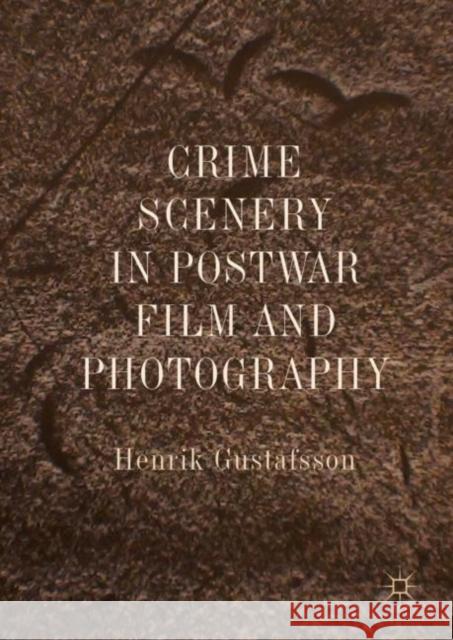Crime Scenery in Postwar Film and Photography » książka
topmenu
Crime Scenery in Postwar Film and Photography
ISBN-13: 9783030048662 / Angielski / Twarda / 2019 / 285 str.
Kategorie:
Kategorie BISAC:
Wydawca:
Palgrave MacMillan
Język:
Angielski
ISBN-13:
9783030048662
Rok wydania:
2019
Wydanie:
2019
Ilość stron:
285
Waga:
0.63 kg
Wymiary:
21.01 x 14.81 x 2.39
Oprawa:
Twarda
Wolumenów:
01
Dodatkowe informacje:
Wydanie ilustrowane











